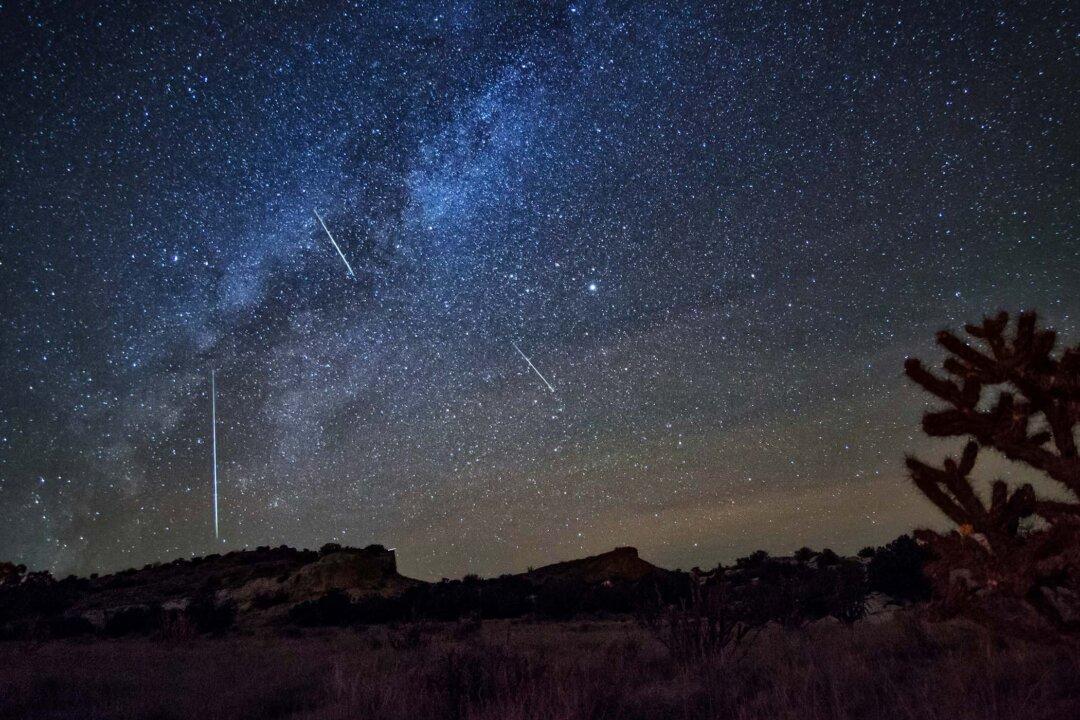A little comet dust. A few shooting stars. Fireballs from above. Fall meteors are here—and it’s awe-inspiring to imagine how those infinite silver shards rain down from space like on some cosmic schedule, as they have done for eons. One group of meteors in particular faithfully returns every year around this time without fail.
The Orionids
Every mid- to late-October, we cross paths with a group of meteors called the Orionids. They seem to emanate from the same spot on our star map every year—right beside the club of the constellation Orion the Hunter, hence the name Orionids. But the meteors don’t actually come from that constellation; rather, they hail from a comet travelling along a vast loop around our sun, Halley’s Comet.Said comet orbits once every 75-76 years, travelling in a retrograde orbit, meaning the opposite way as the planets, leaving a vast complex of dust and debris in its wake, spread across outer space. Earth collides with this enormous dust loop both on the inbound and outbound legs of its journey.






